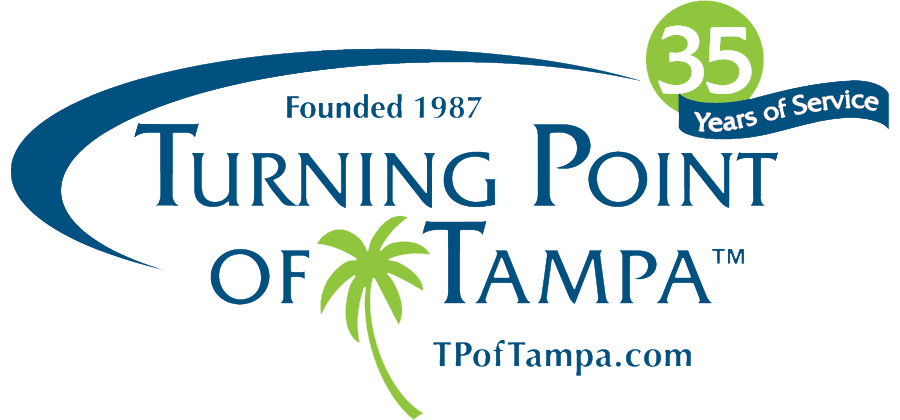Halloween is a beloved holiday for both children and adults. Kids get to beg for candy — and no one says no for once! And Halloween parties give adults the opportunity to exercise their alter-egos for a night. There can be some scary downsides to the day, including safety issues for children, and increased anxiety for those with eating disorders and substance use challenges.
Children
There are a number of important safety factors to keep in mind when planning Halloween festivities for your children.
- Costumes should be highly visible, including bright colors, reflective tape, tags, glowsticks, or jewelry, and masks with unobstructed visibility. Also put reflectors on treat bags.
- Make sure costume doesn’t have parts that drag or could otherwise trip children.
- Don’t let kids take along sharp or pointy accessories that could cause injury to themselves or others.
- Ensure make-up is non-toxic and won’t cause discomfort when removed.
- Make sure each trick or treater has a flashlight, lantern, or other good light source.
- Children under age 9 should always be accompanied by an adult or an older, responsible teen.
- Teach children to never enter the home of anyone other than a close friend or relative.
Safe neighborhoods
Carefully consider where your children will be trick or treating. Some neighborhoods may be safer than others. The best trick or treat neighborhoods have smooth sidewalks, are well-lit, are not located on busy streets, and generally feel safe. If there isn’t a neighborhood nearby that you feel is safe for your kids, there are often other great options. Area businesses, malls, churches, senior living facilities, schools, and other community organizations frequently offer trick or treating for area children. Some may even sponsor a carnival or festival open to the community. Check community calendars, libraries, and schools for information.
The Safe Kids organization warns that “Children are twice as likely to be hit by a car on Halloween than on any other day of the year.” Make sure kids stay on sidewalks, only cross at corner crosswalks, and, if traffic signals are present, always cross with the signal. Drivers should go slowly, and use extreme caution, especially when pulling in or out of driveways.
Candy
We’ve all heard horror stories of tainted candy being given to trick or treaters. Although it happens rarely, parents should always be vigilant and carefully inspect treats collected by children. It’s important for parents to teach children not to eat anything they receive until it has been checked by an adult. Keep these candy safety tips in mind:
- Throw out any candy or treat that has not been commercially wrapped. Loose unwrapped candy, unwrapped candy in a baggie, and homemade goods (unless you know and trust the person who made them) should always be discarded.
- Even commercially wrapped candy should be checked for tampering or other issues: any treats with small holes or rips in the wrapper or with an unusual color, smell, or appearance should be tossed.
- If children under age 3 are in the home, remove any choking hazards such as gum, peanuts, hard candies, and small toys.
- Any fruit received should be carefully checked for sharp objects, thoroughly washed, and cut into small pieces for extra safety.
- If children with allergies are in the home, always read each label. Sometimes the smaller, fun-size candies have different ingredients than the full-size sweet. Also, be careful to give out allergy-free candy to children who visit your home. Check out this guide to allergy-free candy and guide to peanut-free candy.
- If you suspect you may have tainted candy, contact the Poison Control Helpline.
Parents should always keep control of candy and ration it carefully. If you don’t like having all that candy in the house, check with local schools, doctors, and dentists to see if there’s a candy exchange in your community.
Eating disorder friendly routines for Halloween
Halloween parties, bowls of Halloween candy around the office, or passing out candy to trick or treaters can cause intense anxiety for anyone with an eating disorder. Here are some tips to keep the day fun.
Costume party
Don’t push yourself to wear something that makes you feel uncomfortable or self-conscious. Pair your favorite jeans or other comfortable clothes with some fun touches from the party store, including Halloween jewelry, a mask, cat ears, nose and whiskers, glamorous wig and make-up or a personal creation.
If you want to wear a costume but are self-conscious about revealing a particular body part, like arms or legs, just wear a long-sleeved shirt or tights under the costume.
Candy
Halloween can be difficult for anyone with an eating disorder but may be especially tricky for those with binge-eating disorder (BED), according to a report by CBS News. The National Eating Disorders Association (NEDA) says BED is the most common eating disorder in the United States. Because those with BED respond more easily to food cues, readily available piles of Halloween candy can present a real challenge.
If buying bags of Halloween candy for trick or treaters concerns you, consider giving out Halloween toys, stickers, or pencils, glow sticks or jewelry, or pre-packaged Halloween pretzels or crackers. There are countless great alternatives to candy. Check Woman’s Day for some other fun ideas.
If you’re worried that candy sitting around in bowls at work or school may trigger binge behavior, keep non-trigger foods you enjoy on hand, like fruit, nuts, or other healthy options. Keep your recovery plan firmly in mind, and never hesitate to call your doctor, therapist, dietician, support group contact, or other trusted person to help you stay on that plan. And if you’ve been working on overcoming restrictive behavior, set a goal to enjoy a piece of candy.
No matter what your eating disorder is, it helps to have a friend you trust to be there to back you up. Whether you’re working to avoid a trigger to overeating, or working to allow yourself to enjoy a sweet, a friend who understands can help you resist the urge to binge, purge, or restrict.
Plan ahead
Whether you struggle with food-related triggers or worry that your sobriety will be tested at your annual Halloween party, plan ahead. Pre-planning for Halloween can include discussing coping skills and techniques with your treatment team, bringing your own food or non-alcoholic drinks with you to a party, and not hesitating to say “no” if offered something that may interfere with your recovery.
Substance Use Challenges
For individuals struggling with substance use challenges, Halloween can present unique risks, too. These include:
- Our inhibitions are often lowered when we’re in costume or “pretending” to be someone else. This can lead to us engage in behaviors we might otherwise avoid, including substance use. If you’re concerned about Halloween being a trigger for addiction, enlist a sober buddy to attend any Halloween parties with you to help you maintain your sobriety.
- Halloween is one of the busiest nights of the year for many communities nationwide, especially for families with young children. Remember that drinking and driving can be fatal to both drivers and pedestrians. If you see a friend or loved one who has had too much to drink, make sure you help them find a sober ride home. If you’re concerned about your own sobriety behind the wheel, relinquish your keys to a trusted friend at the beginning of a party.
- Many Halloween parties feature communal foods, like baked goods, or drinks, like punch. Foods like brownies or drinks that are shared are often laced with drugs ranging from marijuana to “date rape” drugs like Rohypnol or GHB. If you don’t know where a drink or baked good came from, don’t consume it. And keep a close eye on your own drinks—even water or soda–to ensure that drugs aren’t added to them without your knowledge.
Review your recovery plan and goals and reaffirm why your recovery is crucial. Remember you’re not alone.
Turning Point of Tampa’s goal is to always provide a safe environment and a solid foundation in 12-Step recovery, in tandem with quality individual therapy and groups. We have been offering Licensed Residential Treatment for Addiction, Eating Disorders and Dual Diagnosis in Tampa since 1987.



